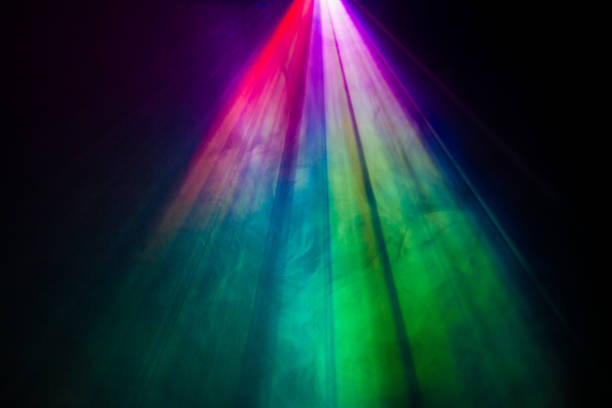The Resplendent World of Technicolor: A Dive into the Colorful History of Cinema
Introduction: Step into the vibrant, captivating world of Technicolor film. A trailblazing innovation that forever transformed the landscape of cinema, Technicolor offers a fascinating study of art, technology, and the enduring power of visual storytelling.

The Dawn of Technicolor
Technicolor, a name synonymous with the advent of color in cinema, was established in 1915. The Boston-based company initially struggled to find its footing in the film industry, grappling with technical issues and the high costs of its two-color process. However, their fortunes changed in the late 1920s, with the introduction of their three-color process which was capable of producing more realistic and fuller range of colors.
Technicolor’s Golden Era
The 1930s marked the golden era of Technicolor, with the technology featuring in several iconic films. The Wizard of Oz and Gone with the Wind, both released in 1939, showcased the dazzling potential of Technicolor, bringing to life the yellow brick road and the fiery sunset backdrop of the Civil War-era South, respectively. These films not only demonstrated the depth and vibrancy Technicolor could add to a film, but also its power to enhance narrative and emotional resonance.
Technicolor in the Modern Age
Fast forward to present day, and Technicolor has evolved significantly, adapting to advancements in film technology. While true Technicolor processing ceased in the 1970s, the company’s legacy continues. From the digitally restored classics to the color grading in contemporary blockbusters, the influence of Technicolor is still visible in the industry.
The Impact of Technicolor
Technicolor revolutionized the film industry, introducing audiences to a new dimension of cinematic experience. The technology shifted the perception of films from a mere source of entertainment to an art form, inspiring generations of filmmakers to experiment with visuals and storytelling. The color process also played a significant role in establishing film as a commercial industry, as audiences flocked to theaters to witness the magic of color on screen.
The Legacy of Technicolor
The legacy of Technicolor extends beyond the realms of film. Its cultural impact is evident in how we perceive the world around us. Technicolor has become a part of our collective consciousness, a symbol of the golden age of cinema, representing a time of innovation, optimism, and progress. It’s a testament to the power of color, and its ability to evoke emotion, tell stories, and capture the imagination.
In conclusion, Technicolor’s vibrant history is a testament to the transformative power of innovation. It serves as a reminder of how technological advancements can revolutionize art forms and shape cultural perceptions, leaving a lasting impact on society. The world of Technicolor is a fascinating exploration of the intersection of technology and art, a narrative of color and creativity that continues to inspire and captivate.





